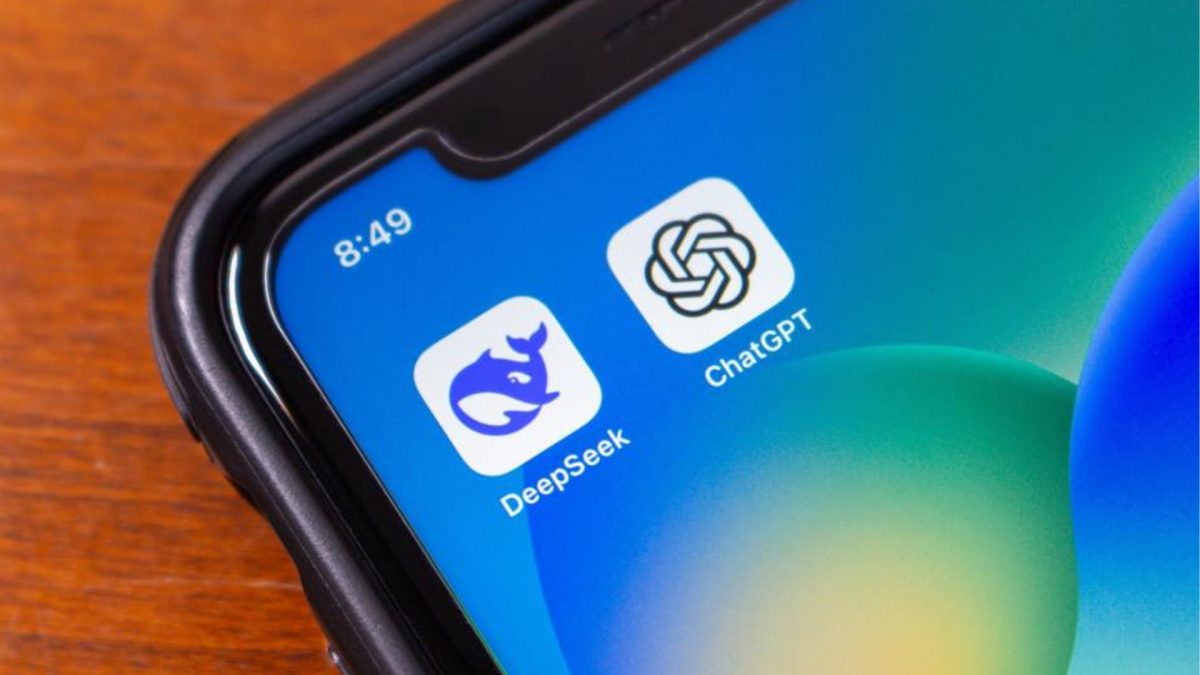Following the waves that China’s DeepSeek R1 aritifical intelligence (AI) has made, industry veterans have weighed in whether India can develop similar AI models.
The DeepSeek R1 is a large language model (LLM) similar to Opem AI’s ChatGPT that does similar tasks but at a fraction of cost. While Open AI reportedly spent $540 million to make ChatGPT, DeekSeek says it used just $5.6 million to make R1. Moreover, the R1 appears to be doing much with fewer graphic processing units (GPUs), which means that operational costs of R1 are lesser than its Western counterparts.
The result was a bloodbath in the US markets as tech giants lost nearly $1 trillion in valuation. Chipmaker Nvidia, whose chips power much of the world’s advanced AI systems, lost nearly $588 billion in value. Tech giants Meta and Google-parent Alphabet also lost value. Other chipmakers like Marvell, Broadcom, Micron, and TSMC also lost value. The trend was the same for energy and data centre companies Oracle, Vertiv, Constellation, and NuScale.
As the world makes sense of DeepSeek’s R1, questions have been raised whether India can also develop a similar AI model. Even though no major AI advancement has come from India and private research and development (R&D) investment is on a decline for years, industry veterans have said that an R1-like model can very well emerge from India and it is only a matter of time.
Sharing a post from an anonymous user who says he works with AI at Amazon, Zoho Chief Scientist Sridhar Vembu said “India can and it is not that hard”.
Impact Shorts
More ShortsThe case for India making ChatGPT-, R1-like systems
The post of the self-proclaimed Amazon AI professional that Vembu shared said that, unlike popular perception, DeepSeek is not a unique Chinese startup and the development of an AI model is also not very hard. The user, who goes by the name GDP, was responding to a post by Sadanand Dhume, a scholar of foreign policy and economics at the American Enterprise Institute (AEI), who had asked why China could develop DeepSeek and India could not.
The GDP said that there are many DeepSeek-like startups such as AliBaba’s Qwen, MiniMax, Kimi, ByteDance’s DuoBao. They said China has 10 lab comparable to Western AI majors OpenAI and Anthropic and around 50 more tier two labs.
The GDP said that the science behind such AI models is “quite easy”. They went on to say that the base tech, the transformer decoder only models, are quite easy to iplement and comapnies like Nvidia helps out companies. They highlighted that, unlike operating systems, AI softwares don’t have to be trained and machines learn by themelves.
The hard part, the GDP said is the parallel and distributed computing to run AI training across thousands of graphic processing units (GPUs). It is here that DeepSeek did lot of innovation and used an innovative architecture called Mixture of Experts and a new approach called GRPO, both of which are in open domain since 2024.
The question then comes why nothing like ChatGPT or R1 has come from India?
The GDP said that the reason is the same as why no Google or Facebook ever emerged from India. They said that, unlike China, there is no protected market in India where projects are allowed to fail until they succeed.
“You need to able to walk before you can run. There is no protected market to practice your craft in early days. You will get replaced by American service providers as they are cheaper and better every single time. That is not the case with Chinese player. They have a protected market and leadership who treats this skillset as existential due to geopolitics. So, even if Chinese models are not good in early days they will continue to get funding from their conglomerates as well as provincial governments. Darwinian competition ensures best rise to the top,” said the user.
The user went on to say that assured funding of around $3 billion over three years could develop ChatGPT-like models with engineers of the same calibre who have built the likes of Ola, Swiggy, or Flipkart.
“What we need is a mentality that treats this skillset as existential. We need a national fund that will fund such teams and the only expected output will be benchmark performance with benchmarks becoming harder every 6 months . No revenue needed to survive for first three years. That money will be loose change for GoI [Government of India] and world’s richest men living in India,” said the user.
)